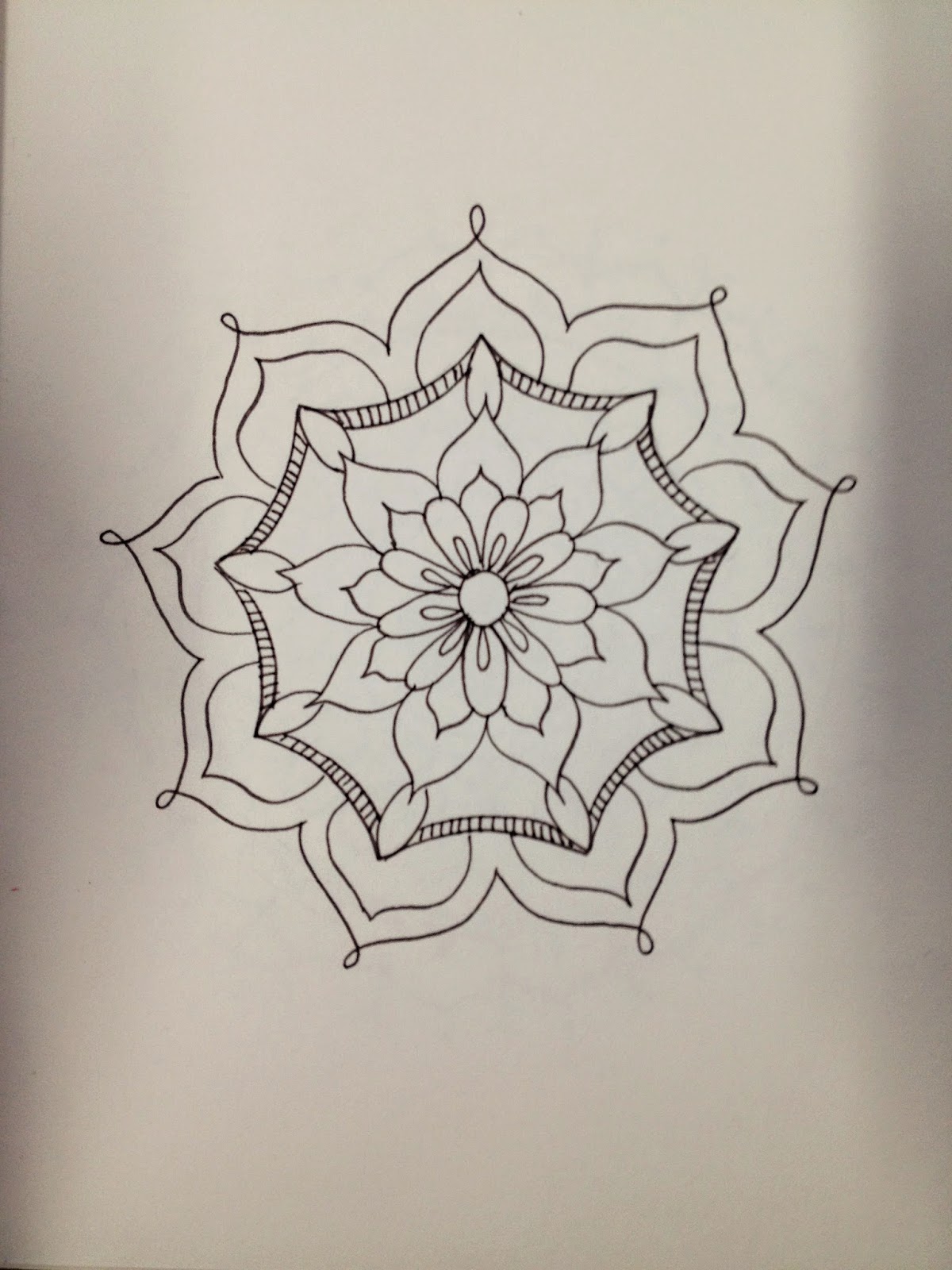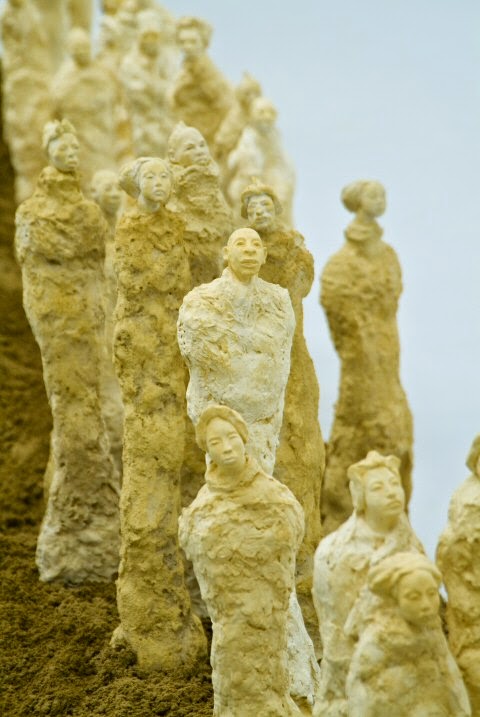These are the images of my final sculptures, I found this project I huge success. After the first tutorial with Dave I was left really interested with the theme of Art and Reproduction but was confused about how to portray any ideas through sculpture. The casting workshop with Rob really engaged me in the possibilities of creating sculptures through casting and inspired my research into artists that use plaster casting in their sculptures. The idea I decided to pursue required a lot of persistence and continuing visits to the workshop over the period of the four weeks in order to create the five moulds as was set in the criteria, but in the end I created a set (or mini army) of sculptures that have interested me and shown my progress with using many casting techniques for the first time.
This exploration has really opened my mind to the potential of sculpture in my art which I had previously found overwhelming as I had kept in my comfort zone of painting and drawing. I look forward to exploring sculpture further and taking advantage of the resources available.

.JPG)
.JPG)
.JPG)
.JPG)
.JPG)
.JPG)
.JPG)
.JPG)
.JPG)
.JPG)
.JPG)
.JPG)
.JPG)
.JPG)
.JPG)
.JPG)


























.jpeg)






